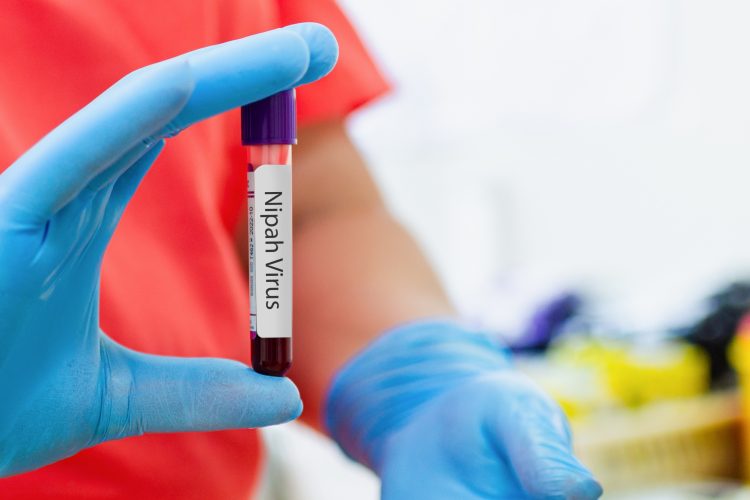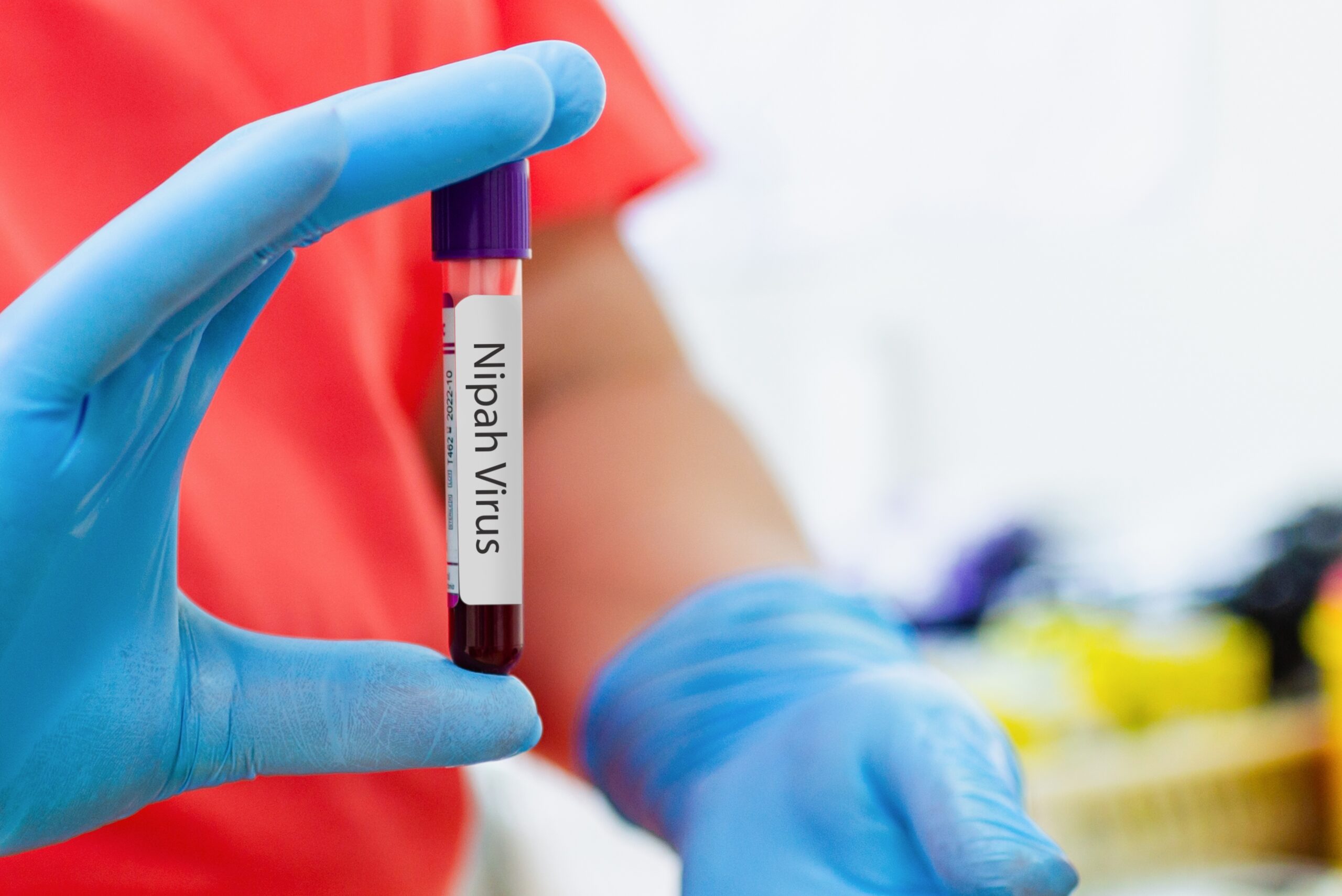Scientists at The Pirbright Institute have developed and successfully tested three experimental vaccines to protect pigs against the deadly Nipah virus – a first step to preventing transmission to humans.

Scientists at The Pirbright Institute have made a new breakthrough in the fight against Nipah virus – a highly dangerous zoonotic pathogen – by evaluating vaccine candidates specifically designed for pigs. This progress targets a crucial step in cutting off transmission routes and protecting both animal and human health.
Understanding the threat of Nipah virus
Nipah virus is a zoonotic pathogen, meaning it can be transmitted from animals to humans. It originates in Old World fruit bats and primarily affects pigs and humans. The virus first emerged during a major outbreak in Malaysia in 1998-99, which forced the culling of nearly half the country’s pig population and caused huge economic losses.
Since that first outbreak, Nipah virus has repeatedly surfaced across South and Southeast Asia, particularly in Bangladesh and India. In these regions, human-to-human transmission and consumption of contaminated food, such as date palm sap, have contributed to high fatality rates.
The disease usually begins with flu-like symptoms but can rapidly worsen to coma and death.
Infected individuals can develop encephalitis (brain inflammation) and respiratory complications. The disease usually begins with flu-like symptoms but can rapidly worsen to coma and death. Unfortunately, there are currently no licensed vaccines or treatments available for either pigs or humans – despite the virus posing a significant threat to public and animal health.
Because of its severity and epidemic potential, Nipah is designated a priority disease by the World Health Organization (WHO) and a priority pathogen by the UK Health Security Agency – highlighting the urgent need for research and development.
Vaccine development targets a key transmission route
A collaborative team of researchers from the UK, Australia and Bangladesh -led by The Pirbright Institute – has tested experimental Nipah virus vaccines in pigs to help prevent transmission through one of its primary routes.
Published in npj Vaccines, the study details the creation of three vaccine candidates using different viral surface proteins. One candidate even employed the same viral vector platform as the Oxford/AstraZeneca COVID-19 vaccine.
The researchers evaluated the vaccines’ immunogenicity – the ability to trigger an immune response – in mice and pigs. They also tested the vaccines’ protective potential in pigs. Further trials were conducted in ‘backyard’ pigs living under field conditions in the ‘Nipah belt’ region of Bangladesh.
All three vaccine candidates successfully protected pigs from Nipah virus infection. While the strength of the immune response varied among candidates, all demonstrated effective immunity in pigs vaccinated under real-world conditions in Nipah-endemic areas
Impact and next steps
Professor Simon Graham, Group Leader of the Porcine Reproductive and Respiratory Syndrome (PRRS) Immunology Group at The Pirbright Institute, emphasised the significance of this progress:
By preventing Nipah outbreaks in pig populations, we can in turn mitigate human infections, protect economies, public health and food security.
“By preventing Nipah outbreaks in pig populations, we can in turn mitigate human infections, protect economies, public health and food security. Our research moves us one major step closer to achieving this goal.”
The team is now collaborating with partners in Germany to develop a cost-effective dual vaccine that could protect pigs against both Nipah virus and a common swine disease. This approach aims to combine pandemic preparedness with practical benefits for farmers.
The importance of a ‘One Health’ approach
As scientists work urgently to stay ahead of emerging high-threat diseases, this research highlights the critical need for a ‘One Health’ strategy. This is an integrated approach that recognises the interconnection between the health of animals, humans and ecosystems. Addressing these areas collectively, rather than in isolation, is essential for safeguarding global health.
